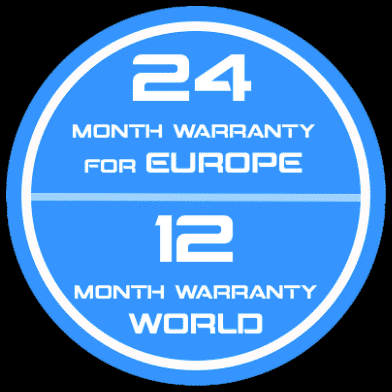Louis-Arnaud surf-foil in Mauritius, equipped with the Fast Flyer 4’6 board and the High Aspect 1190 Lift S-foil Summary Composition of a surf foil Principles …
Find our 3 ranges of foils, for totally different programs
The freeride foil for beginners or sailing in light wind.
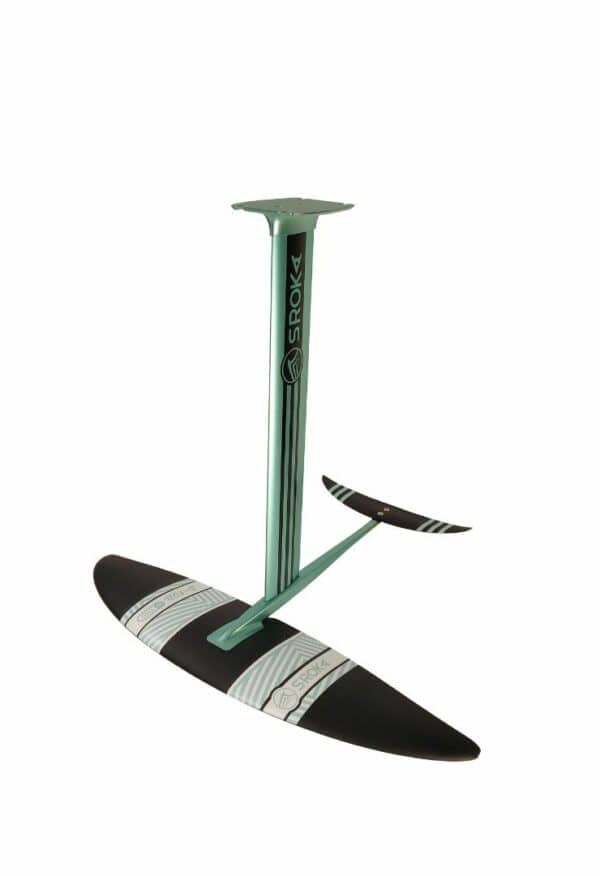
Find the foils to glide endlessly and surf the swell.
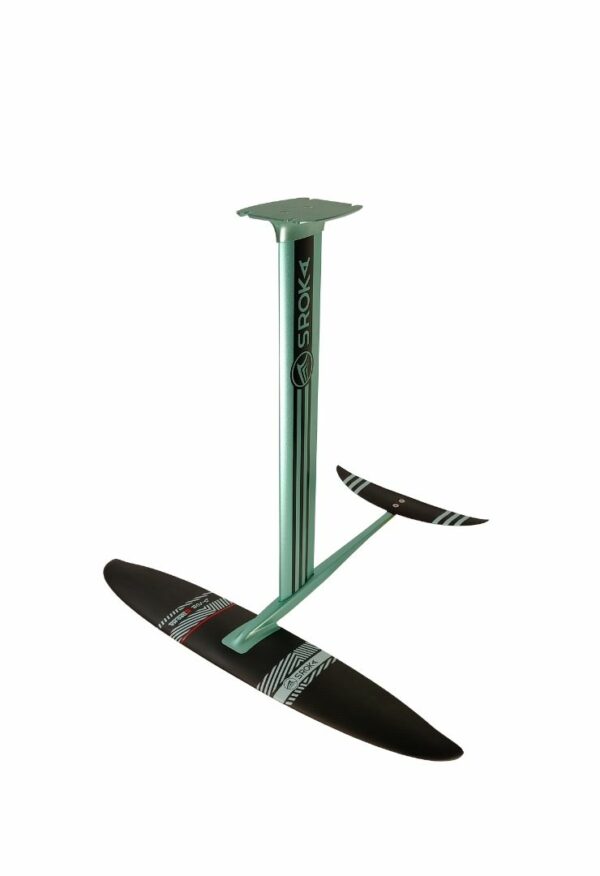
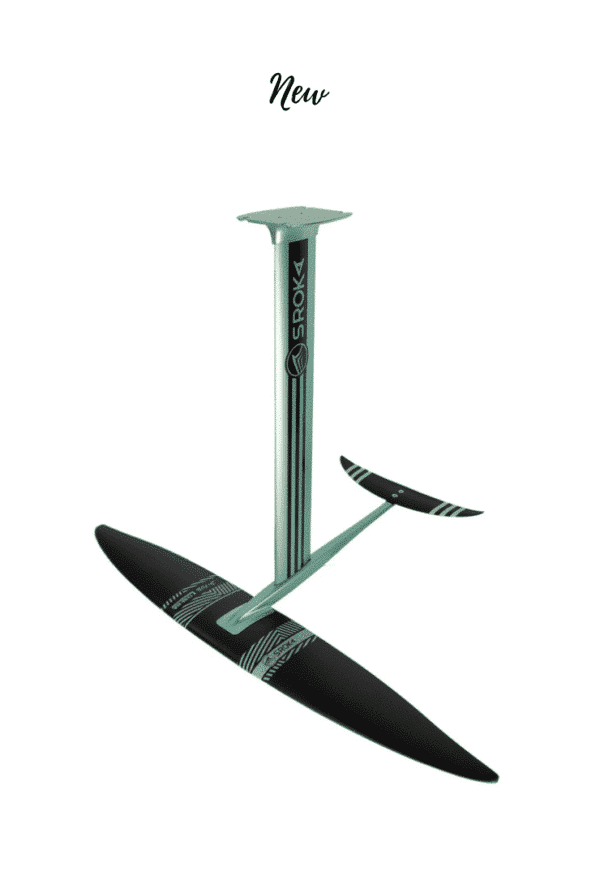
Freeride foils that allow you to sail with control and agility.
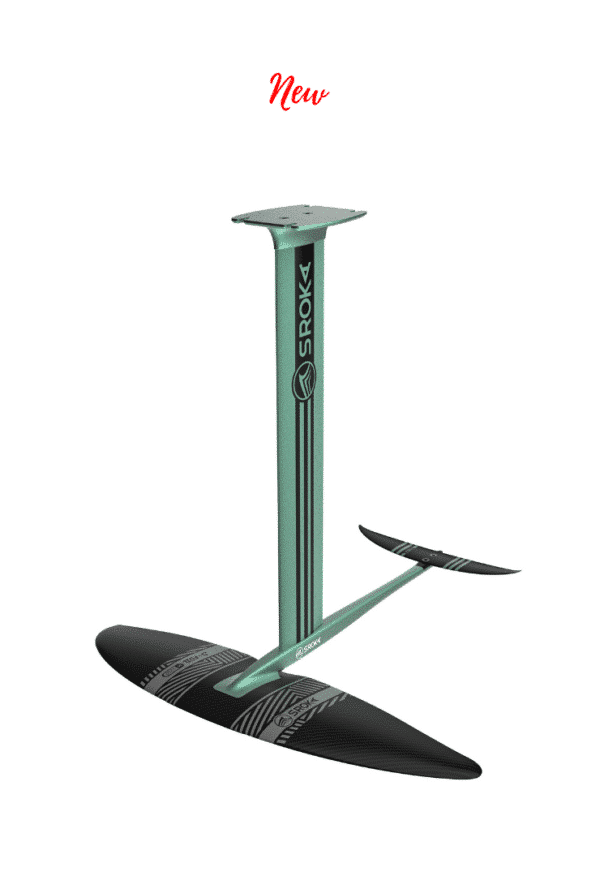
The ultimate performance carbon foil, which gives you unrivalled speed and responsiveness. The 14mm mast is the ultimate for riders looking for speed and the thrill of gliding!

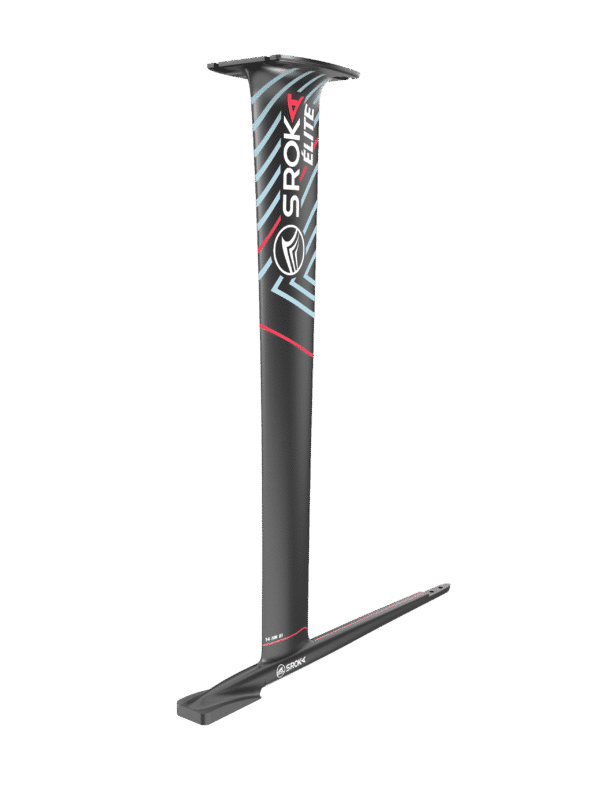
The ultimate all-rounder carbon foil, which guarantees you a smooth glide, greater weight savings and the best versatility. The 16mm mast is the perfect companion for all levels, all disciplines and all terrains!

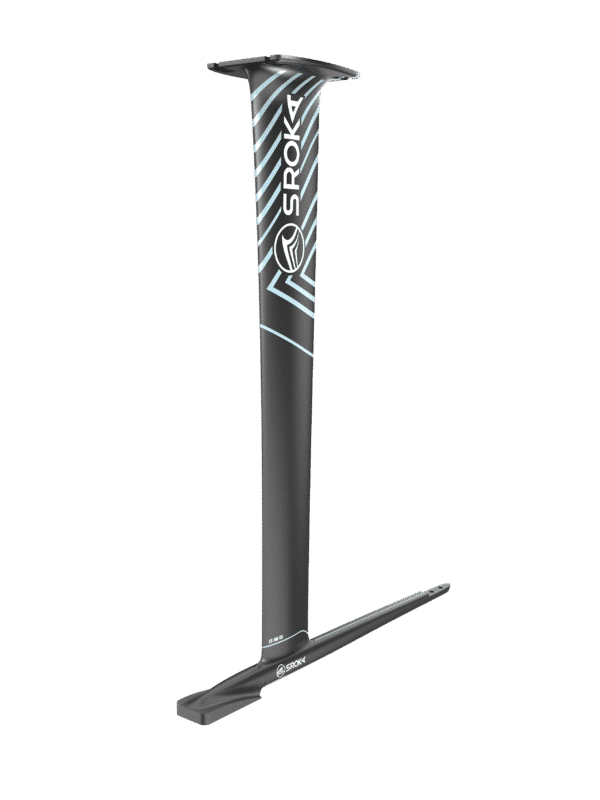
Find below all our accessories for your wing foil equipment: fuselages, masts, adjustment shims, leashes, screws, carrying covers, pumps...
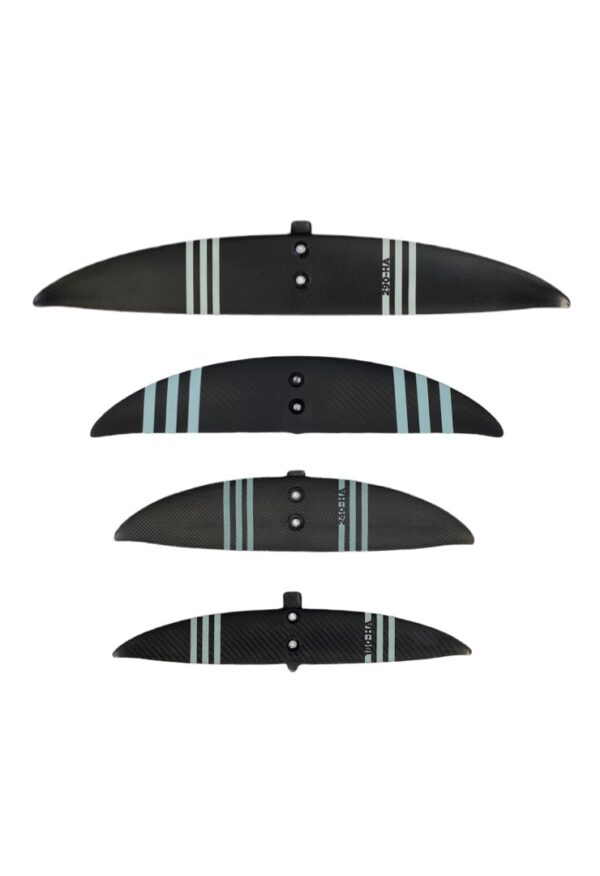
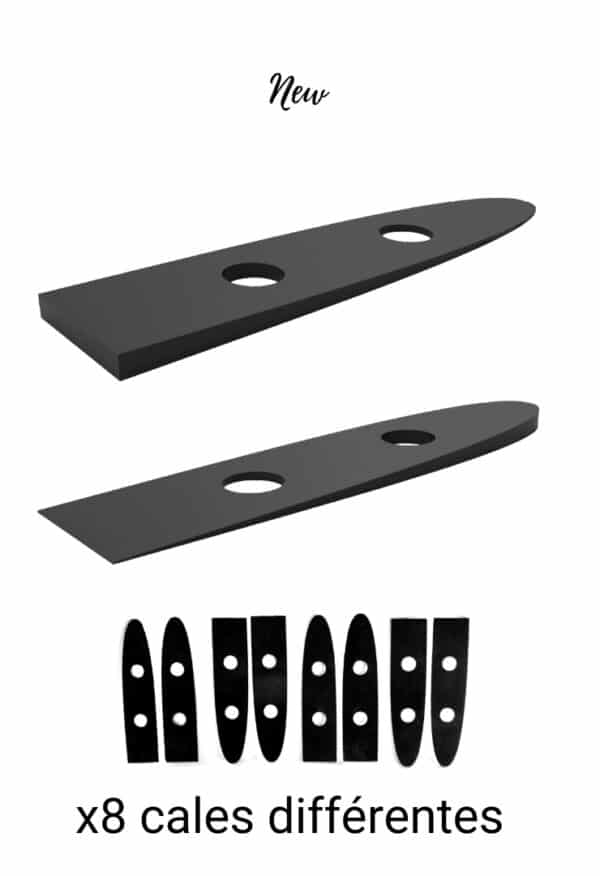
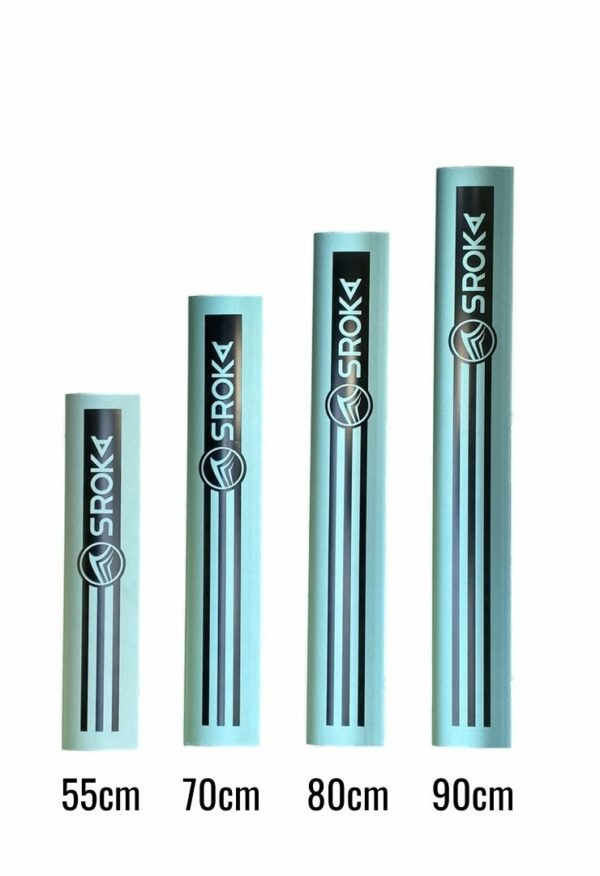
The SROKA range of foils represents the definition of progression in the field, from your first flights to your first victories in competition, the SROKA range will accompany you throughout your journey, in wing, surf foil, dock start… From beginner to expert, you’ll find the right foil for you.
At first glance, what jumps out when looking at our range of foils is the difference in colour. This difference is caused by different building materials.
Beyond the price difference, the differences can be counted from the point of view of performance as well as the philosophy of the product. Our elite range gives unique sensations and our aluminium range gives access to practice and our top quality foils at a lower cost.
Full carbon foil is expensive and fragile. On the other hand, it is lighter and more responsive, and it requires a little less maintenance than an aluminum foil. The aluminum foil is often cheaper, stronger and stiffer if it is well built. Carbon has excellent torsional strength but less rigidity than aluminum (hence its use for windsurf masts), unless a particularly neat and often very expensive construction is used. The price of a carbon mast can be five to ten times higher than an aluminum mast.
The aluminium foil has the advantage of being more modular and transportable with easily interchangeable parts, as carbon foils often use a “T-bar”, a part joining the fuselage and the mast. However, the aluminium foil will be heavier.
SROKA’s desire is to create a common base for aluminium foils as well as carbon foils in order to allow you a unique compatibility!
Since 2021, ALL of our front wings and stabilizers are compatible with all our mast and fuselage models. Choosing a SROKA foil means ensuring your progress without breaking the bank and without worrying about renewing the equipment!
SROKA has 3 general ranges, one of which is divided. Let’s see all this so that your v-choice or your evolutions are done without any problems and that you enjoy your equipment without any headaches.
These are our beginner foils. It consists of 3 front wing sizes: 2000 cm2, 1750 cm2 and 1500 cm2.
The control range is our all-purpose range, it will allow you to carve, progress, enjoy the excellence of the SROKA range with a significant dose of accessibility in addition! It is defined by 2 wings: currently 1250 cm2, 950 cm2 and soon 820 and 680 cm2
The high aspect range allows, in large sizes, to have the feeling of an aircraft gliding with an incredible finesse of flight and in small sizes, speed will be part of the game.
We have chosen to limit our range of stabilizers to 4 models, thus allowing a simpler choice. To adapt to each profile, our stabilizers are equipped with shims allowing them to be adjusted and thus satisfy all your requests for sensations.
All our answers to the questions you have to choose the foil that suits you best!
To put it simply, there are three families of front fins, Low Aspect, Mid Aspect and High Aspect (here is a detailed article on aspect ratios).
Low Aspect are stocky, with a small wingspan. With their fighter jet shape, they are very manoeuvrable but their lateral stability, especially on small surfaces, sometimes leaves something to be desired.
The High Aspect are more elongated, like glider wings. The High Aspect flies with the stability of an albatross. Your pumping will be effortless and their flight speed is impressive. They offer an excellent gliding feel. However, they are relatively technical and less maneuverable winglets, often requiring the use of a shorter fuselage to compensate. Find at Sroka: High Aspect 1350 front fin, High Aspect 1190 Speed or Lift front wing.
The Mid Aspect fins are forgiving, manoeuvrable and generate very good lift (we recommend the 1750 for beginners). They represent a good compromise between the two worlds, especially if you can’t afford to buy one fin per spot and per type of condition. If you’re more savvy, you can reduce the surface area of your fin (by choosing the 1250 for example) to maneuver on command without ever stalling in turns and waves.
For those who are just starting out or sailing in shallow and very flat waters, we recommend 70cm poles. They are the safe choice and falls will be less impressive than with longer masts. These are masts that are useful in surf foil to stay in contact with the wave.
Capable of making a beginner fly as well as making a more experienced practitioner evolve with very good sensations, the 80cm mast offers an excellent versatility. This is the choice of security for a first investment.
For those who really want to perform, surf big or sail on a very rough body of water, we recommend a mast of 90 or more. You will be able to take an angle at the water’s edge to cap as close as possible to the wind. These masts are not intended for beginners because they are less forgiving of mistakes.
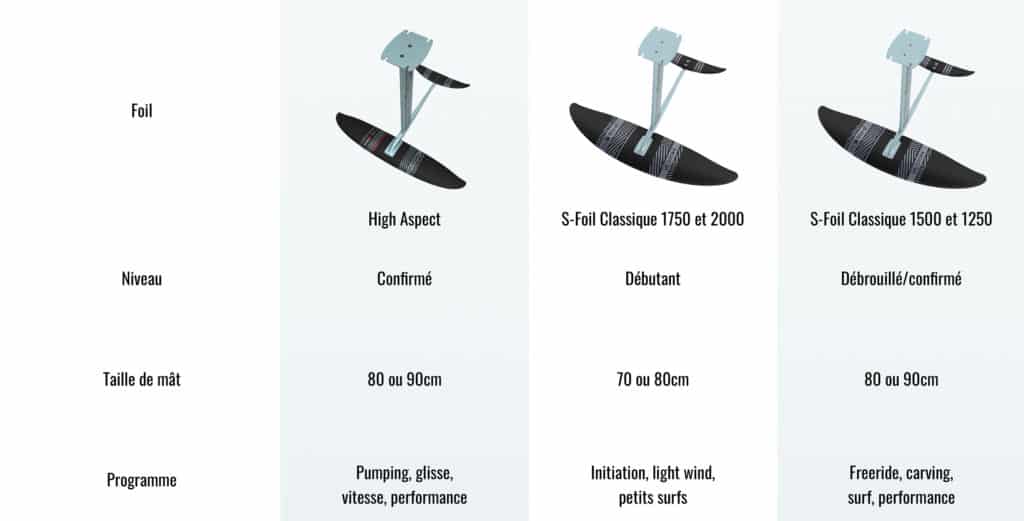
A carbon foil is more efficient than a foil if and only if it provides more rigidity, more nervousness and less thickness (in terms of rope and thickness) in order to reduce the drag of the mast. Indeed, a mast is an emerged part of the foil in the water. It generates drag. If your mast is as thick as an aluminum mast, it won’t be able to perform any better. At best, you’ll gain a little weight, but you won’t have any performance gain. On the other hand, you will have to pay more for your carbon foil without any gain in performance.
So if you want to buy a carbon foil to increase the performance of your foil. You need to be sure that the rope and thickness is minimal (For example on our carbon mast, we have reduced the thickness of our mast by 30% between the Alu and Carbon Elite versions. But this implies that the amount of carbon and the quality of the carbon fibers must be higher. This automatically implies a higher price. In other words, a carbon foil at the price of an aluminum foil will not be more efficient or even less efficient because it is certainly less rigid.
Yes, it is quite possible to start with a carbon foil. Are you going to exploit 100% of the foil in Carbon? Probably not, so if you’re just starting out, you won’t progress faster with a carbon foil than an aluminum foil.
To start with, you will need a foil with a large surface area in front of it, so you will not be able to exploit the speed potential of a very thin carbon mast.
To start wing foiling, you will need a foil that flies at low speed and allows you to leave very early. We recommend that you take a foil around 1750 cm2 for a size of 80 KG.Au over 90 kg, we recommend a foil in 2000 cm2 and if your weight is less than 70 kg, you can start with a 1500 cm2 foil
The size of the mast to start with is around 80 cm
The size of the fuselage should be large enough to provide more stability.
The size of the stabilizer should be large to provide stability at low speeds and allow you to leave very early.
For Carver, the wingspan of the front wings had to be reduced. The greater the aspect ratio, the less your foil will turn. So you need to reduce the wingspan and increase the chord of your front wing. Other parameters also increase manoeuvrability, such as the length of the fuselage. The smaller the fuselage, the easier it will be for your foil to rotate. However, you will lose longitudinal stability.
In the same way, a smaller stabilizer will allow you to turn better.
The Control range will be perfect for carving.
To go fast, whatever the discipline, you have to reduce the drag of the foil in all these aspects.
Without these different optimized parameters, you won’t be able to go fast (beyond 27 knots)
But that’s not all, you have to learn to go fast. It’s not intuitive, you have to improve, adjust and know your foil well to be close to the limits of your foil. The equipment will not be enough to go fast. It will also allow you to evaluate your speed and therefore use a GPS to compare when setting different settings.
The HA range will be adapted to go fast.
When downwinding, maximum speed is not the priority. We are more looking for glide and to get a lot of flight time. Therefore, it will be necessary to favor kites with a high aspect ratio to maximize the use of the power of the waves. A decrease in drag with the use of a thin and stiff carbon foil such as the SROKA Carbon Elite 14 mm will be an important advantage to stay in the air for a long time. The front wing can be between 1350 cm2 and 950 cm2 for an average rider. The higher your level, the more you can reduce the size of the front fin. The same goes for the size of the stabilizer.
The HA range will be suitable for downwind
The foil is totally scalable if the interlocking of the front and rear wings remains the same regardless of the carbon or aluminum model and whatever the surface of the fins.
At SROKA, from beginner to perf, you will be able to evolve your foil to continue to progress according to your level. This is not the case with all brands, where you will need to change the fin interlocking system.
Yes and no. Some brands do not guarantee adaptability to different models. At SROKA, we make it a point of honor to allow you to be compatible between the aluminum foil and the carbon foil. Evolve with complete peace of mind according to your progress.
If you stay on the aluminium foil range, you will be able to evolve from the 2000 cm2 to the 560 cm2. The same goes for the carbon version and in the same way you can switch from the aluminium foil to the carbon foil while keeping the same fins.
The carbon foil offers several advantages over aluminum foils. First of all, the carbon foil can be stiffer than aluminum (if and only the mast uses high modulus fibers (better quality), which improves the responsiveness, control and maneuverability of the board. In addition, with a carbon mast you will save a little weight. Finally, carbon is more durable than aluminum, which means it will last longer and require less maintenance. Aluminium, on the other hand, is recyclable.
In summary, the carbon foil is an ideal choice for riders looking for optimal performance. It offers incomparable rigidity, responsiveness and durability compared to aluminum foils. If you’re looking to enhance your riding experience, carbon foil is a great choice.
Maintaining your foil is crucial to ensure its durability and performance. Here are some tips for maintaining your foil:
By following these tips, you can extend the life of your foil and ensure optimal performance.
Louis-Arnaud surf-foil in Mauritius, equipped with the Fast Flyer 4’6 board and the High Aspect 1190 Lift S-foil Summary Composition of a surf foil Principles …
Did you know that paddle boarding is a great way to strengthen your body? Not only does this activity allow you to escape on the …
Are you looking for an inflatable paddle board for the summer to sail at sea or in lakes? The inflatable paddle board really has a …
What is Wing Foil? Wing Foil is the latest in board sports. This consists of manipulating a wing held with both hands (“wing”) with a …
SROKA SHOP
62 rue de Penhoat – 29850 Gouesnou, France
Timetables
Monday to Friday
9:15 a.m. to 5:45 p.m.
